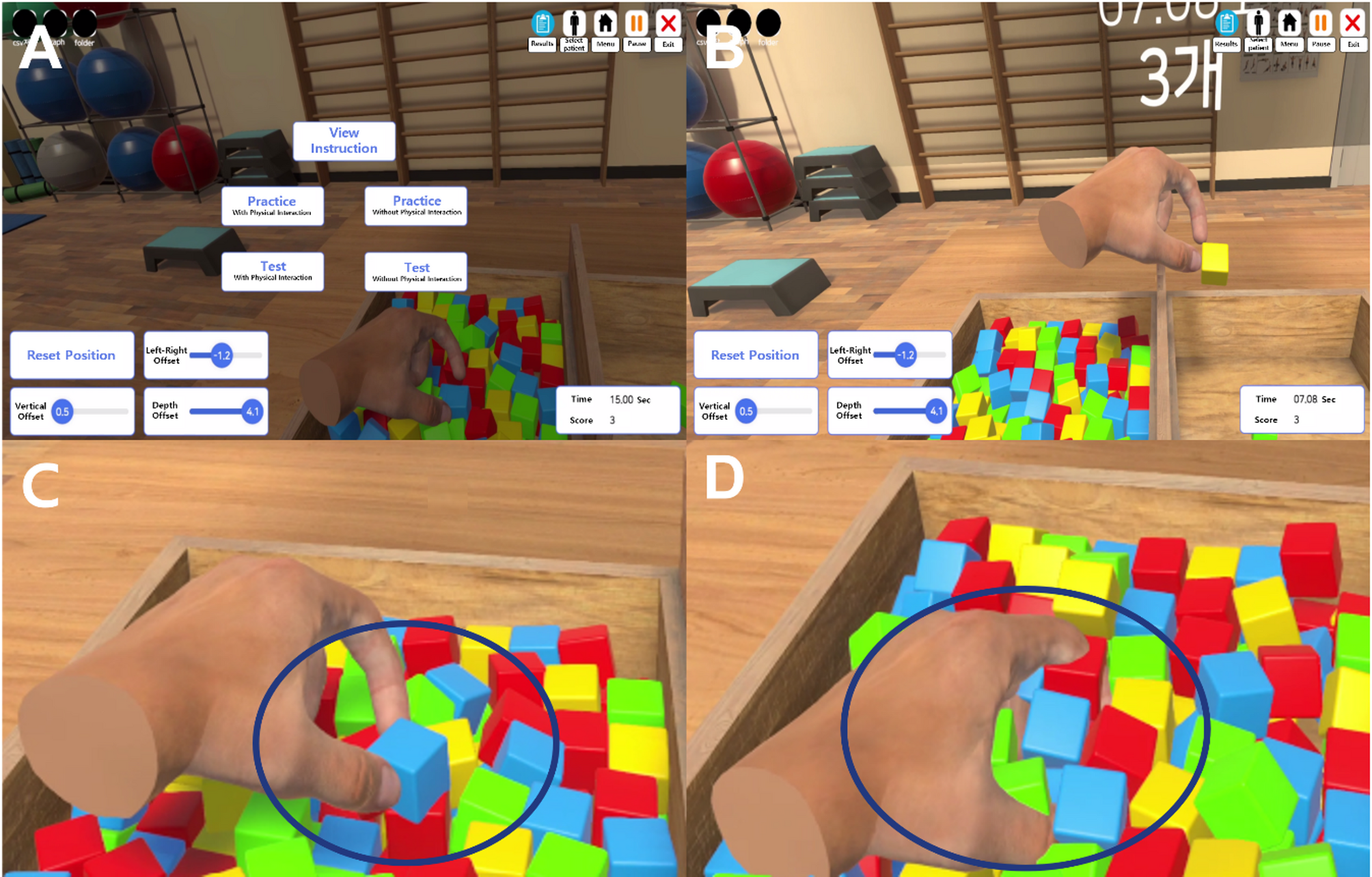Study design and participants
This was a prospective, multi-center, exploratory, cross-sectional study. The study protocol was approved by the Institutional Review Boards of Seoul National University Hospital (IRB No. 2310-095-1476) and Dongguk…

This was a prospective, multi-center, exploratory, cross-sectional study. The study protocol was approved by the Institutional Review Boards of Seoul National University Hospital (IRB No. 2310-095-1476) and Dongguk…